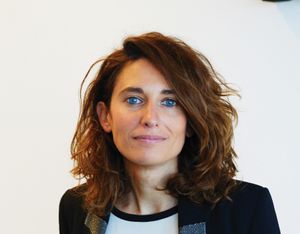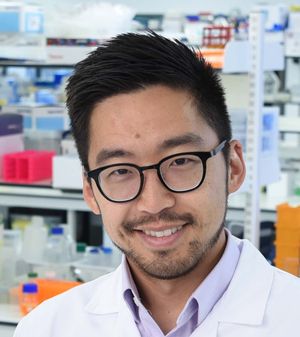We caught up with Cinzia Silvestri in Delft in the Netherlands, where she and her colleagues in Bi/ond (pronounced “beyond”) work on cutting edge research at the intersection of biology and engineering. The microchips built by Bi/ond recreate key aspects of human organs, such as the beating
of a heart. Cinzia and her team are based at the Yes! Delft start-up incubator at the southern end of the TU Delft campus.
Tell us a little bit about your background.
My background is in engineering and micro-electronics. After completing my PhD I worked as a postdoctoral researcher here at the Technical University of Delft.
Among all the scientific innovations that have worked on, is there one which you are particularly proud of?
I am very proud of our organ on a chip. (An organ-on-a-chip is a small device lined with living human cells for drug development, disease modelling, and personalised medicine. The microenvironment of the chip
simulates the cells that are being studied.) It is a bit like the digital twin in real estate - that is, a digital representation of a physical asset,
process, or system that allows for predictive modelling and proactive adjustments.
How can the physical/built environment encourage better innovation among scientists and engineers?




